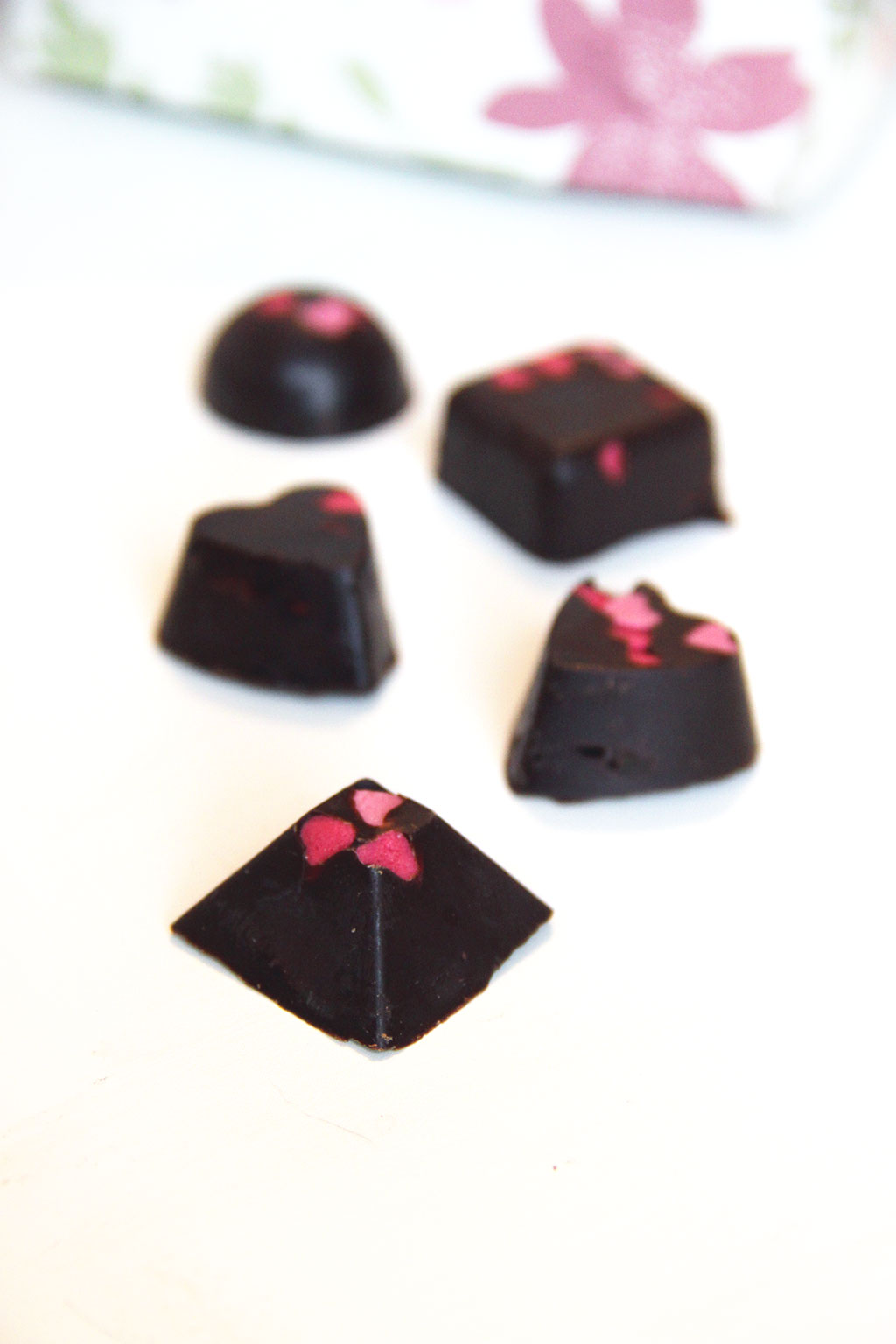

Sachiko Horiguchi from Temple University, Japan Campus suggested that the giri choco custom first occurred in the 1980s where working women were obligated to give chocolate to their co-workers and bosses, as both of the Japanese corporate and gift-giving cultures made it appropriate for this exchange to take place. Harumichi Yamada from Tokyo Keizai University stated that the practice of giving chocolate occurred because women expressing their love to men was considered disgraceful, and confectioneries capitalized on chocolate as a way for them to profess their love however, as the social status of women improved, Valentine's Day was later considered a day where women give chocolate to men, through which the giri choco custom emerged. One popular explanation is that the trend was started by junior high school girls, who would give handmade chocolate to boys to see if they returned their affections, and it later became commercialized in the mid-1950s, with the first Valentine's sale taking place in 1958 at Mary Chocolate. While Japan has a strong gift-giving culture, the origins of giving chocolate on Valentine's Day is unclear. There is no “usual” when it comes to jibun choco – it can come in any shape or form according to one’s personal preference, so just buy whatever your heart desires.On Valentine's Day in Japan, giri choco is inexpensive chocolate that women give to male co-workers and friends to show appreciation and respect as opposed to honmei choco, chocolate that is given to romantic partners. Everyone deserves some chocolate on Valentine’s Day, so why should you be an exception? Image credit: but not least, we have the jibun choco, or chocolate that one buys for oneself. This practice is so popular that Rakuten Group in Japan even conducted a survey ranking popular Japanese celebrities based on who was most likely to make their own gyaku choco. Much like honmei choco, gyaku choco is also usually either handmade or expensive, in order to showcase the degree of affection the sender has towards the recipient. Men are supposed to return the favour to women who have given them chocolates on Valentine’s. It occurs on 14th March – exactly one month after Valentine’s. This is due to the existence of White Day, which is a “reverse” Valentine’s Day where the men give the women chocolates instead. In other parts of the world, men and women exchange chocolates on Valentine’s regardless of gender, but in Japan, the women are usually the ones who give out chocolates on Valentine’s. Image credit: as “reverse chocolate”, gyaku choco refers to chocolate that’s given by men to women on Valentine’s Day. Tomo choco is meant to celebrate platonic love between friends so as to not alienate those who do not celebrate Valentine’s Day or have no romantic partner. These chocolates can be given to both male and female friends, although since women are usually the ones doing the giving, the recipients tend to be female as well. Image credit: as the name suggests, t omo choco is meant for one’s friends – tomodachi (友達)in Japanese. There is more emphasis on the obligation aspect of the chocolate, as compared to giri choco. There is a subset of obligation of giri choco known as cho-giri, which one gives to people out of pure obligation – people one might not necessarily know or like. Giri chocolates are usually much cheaper and less fancy than honmei choco, so as to not give the recipient the wrong impression. Image credit: people include coworkers, bosses, acquaintances, and even family members. Known as “obligation chocolate”, giri choco is given to men that one has no romantic feelings for, and yet are socially obliged to give chocolates to as a token of their appreciation. To all those lucky enough to receive honmei choco, make sure to appreciate the effort that the sender has put in, even if you can’t reciprocate their feelings. Those who can’t make chocolates will go for aesthetically pleasing, expensive store-bought chocolate in order to showcase their sincerity and feelings. Image credit: choco is usually carefully handmade by the sender. This is the type of chocolate most of us are familiar with – it is given to one’s significant other, crush, or just someone that they have romantic intentions towards. Follow us as we take you through the various types of Valentine’s Day chocolate in Japan. In Japan, the tradition is for the women to gift the men chocolates, even if they aren’t romantically linked. Of course, not all of us celebrate Valentine’s Day like that – it’s celebrated differently all over the world. It’s Valentine’s season, a.k.a time for us singles to buy ourselves some Valentine’s Day clearance chocolate and sit at home watching romance dramas.


 0 kommentar(er)
0 kommentar(er)
